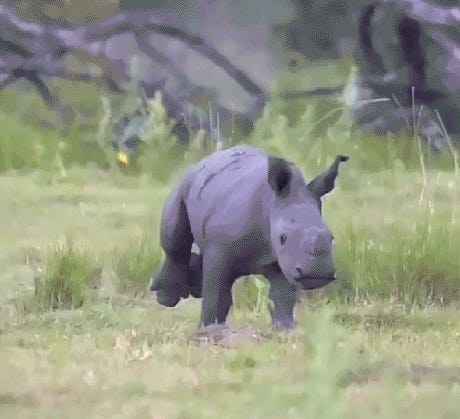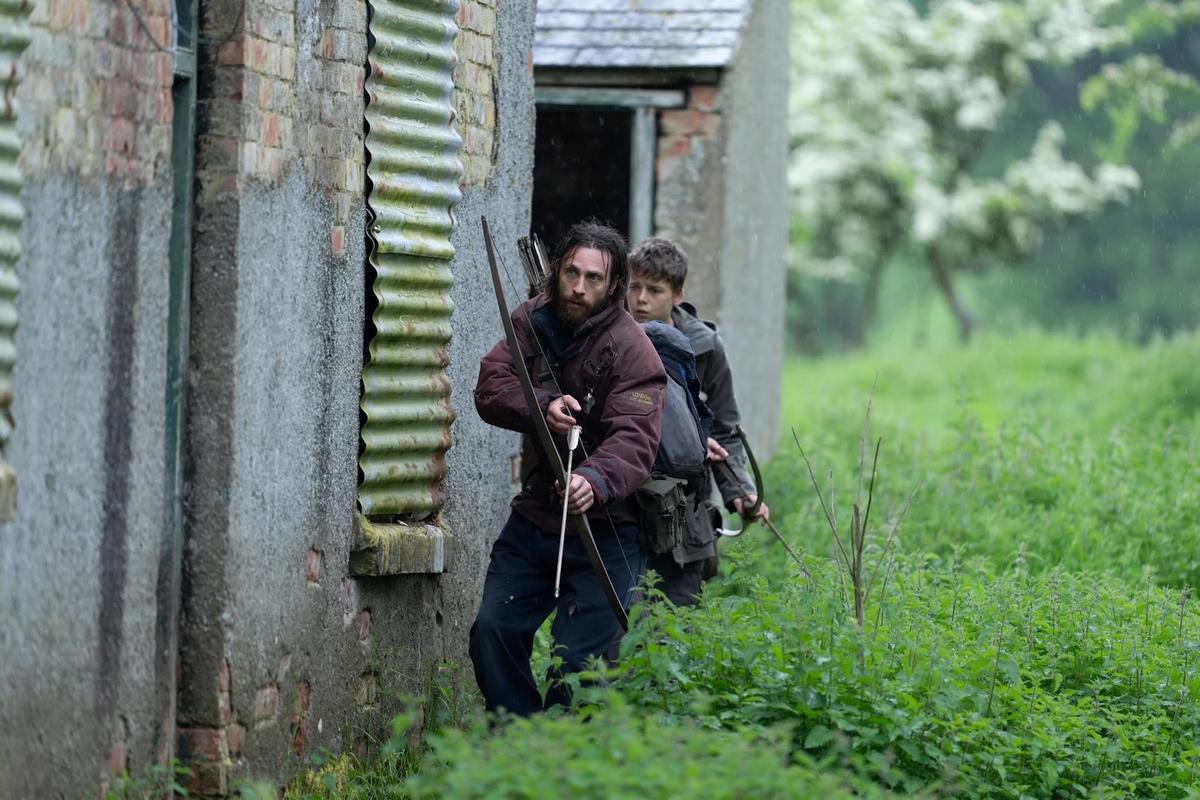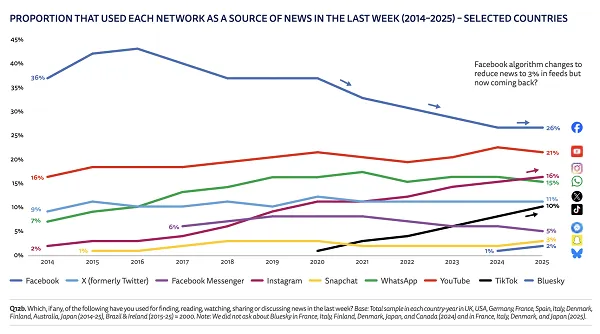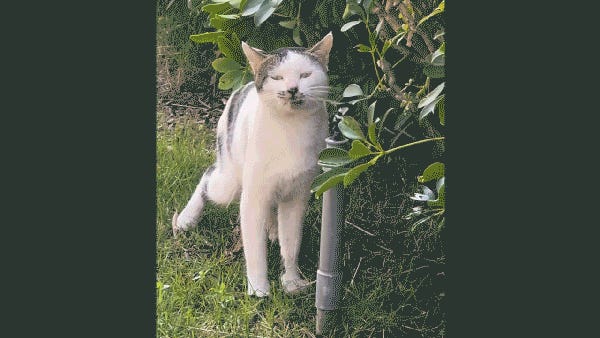A common mistake leaders make when looking for high performers in their organization is confusing effort with ability. Yes: aardvarks work hard. But they’ll never fly.
Aardvarks are world-class at one thing: eating bugs. Fifty thousand bugs a night isn’t unusual. When they tuck a napkin under their Tubulidentata chins, they produce more impressive bug-eating results than any other creature on the planet.
The aardvarks in your company don’t waste time second-guessing; they just get results. Every thriving organization has its own “aardvarks”—people who work harder than anyone else and produce exceptional outcomes. Smart companies hire them on purpose.
Then, someone tries to “help” by asking the aardvark to fly.
There are no flying aardvarks. You can toss one out of an airplane, but you’ll only create a very unhappy aardvark—and a very large mess. You won’t inspire performance by splattering your people across the landscape. You’ll just demoralize the workers who watched the crash. Soon, you’ll have no productive aardvarks and no soaring eagles.
Eagles, by contrast, are born to fly; they don’t learn it at an executive retreat. Similarly, strategic thinking is innate. You can polish and refine it through experience and mentoring, but you can’t create it where it doesn’t exist. Some people simply cannot soar beyond certain limits.
Leaders delude themselves by believing coaching, training, or “stretch assignments” will turn an aardvark into an eagle. It never happens. So how do you spot those rare people who already have the talent to soar strategically? Before you hire or promote, ask yourself if they can consistently demonstrate these ten abilities:
- Separate Strategy from Tactics: Can they focus on the “what” while delegating the “how”? Too many people get distracted by the processes they will follow and lose sight of the results they want to attain. The higher they go in the organization, the more vital this becomes.
- Maintain a Global Perspective: Do they soar above trivia or get paralyzed in minutiae? Effective decision makers know that speed counts, so when they’re 80% ready, they move. They know that the time it takes to take advantage of an opportunity will be lost if they spend too much time trying to find the “perfect” solution.
- Overcome Obstacles: Do setbacks fuel them—or flatten them? Only those leaders who can bounce back from adversity themselves will be able to help others in the organization remain resilient.
- Create Order from Chaos: Can they impose calm and rationality on themselves and the organization during crises? Leaders who manage chaos effectively maintain perspective during crises, avoid catastrophizing, and keep problems manageable and proportionate. Some people can do this for themselves, but leading during crisis requires the skills to do this for the entire organization.
- Recognize Patterns and Connections: Can they resolve contradictions, anticipate consequences, and identify risk and opportunity? Only leaders who can see trends, make logical connections, resolve contradictions, and anticipate both risk and reward will be equipped to make tomorrow’s complicated decisions.
- Prioritize the Critical Few: Can they force tough trade-offs instead of treating everything as urgent? Or worse, do they revert to we’ve-always-done-it-that-way thinking? Leaders with advanced analytical reasoning skills know that when facing rapid change or unforeseen, unwelcome change, they need to demonstrate flexibility. They understand that if everything is a priority, nothing is a priority.
- Solve Complex Problems: Do they cut through confusion to create solutions? When confronted with unfamiliar or complicated problems, can they cut through distractions and immediately begin formulating viable solutions? Making unanticipated decisions requires leaders who can think on their feet and get to the core of the issue. These gifted thinkers know how to do more than restore the status quo; they know how to innovate.
- Future-Oriented and Creative: Do they see disruption as opportunities? Can they translate the past into a launching pad for the future? Dispassionate thinkers interpret past experiences from new vantage points, paint credible pictures of future possibilities, and combine creativity with analytical reasoning? These leaders don’t mind disruptions because they see them as opportunities for improvement.
- Respond Well to Change: Can they remain systematic and adaptive when nothings “normal” anymore? Strong decision makers react to unexpected or unpleasant changes by remaining systematic, organized, and adaptable even under pressure. There is no return to normal, and today’s normal won’t be tomorrow’s normal. “Normal” has ceased to exist; disruption has taken over.
- Serve as a Sounding Board: Can they help others find clarity, not just dictate answers? In leadership roles, these decision makers offer wisdom, insight, and effective counsel to others grappling with complex or high-stakes issues. Many leaders know how to set objectives for themselves and the company but lack the insight to help others discover their own ideas. Great leaders can do both.
Every organization has different competencies that drive success, but critical thinking is universal. The ultimate question is blunt: When given strategic responsibility, do these people deliver? If the answer is yes, invest in their skills. If the answer is no, stop gambling with your future, and quit trying to make them something they can never be.
Critical thinking, strategic focus, and dispassionate analysis form the cornerstones of organizational success. Aardvarks are indispensable in their domain—but if you want to dominate your market, you need eagles who can spot opportunities, swoop in, and win.
Written by Dr. Linda Henman.
Have you read?
The World’s Best Medical Schools.
The World’s Best Universities.
The World’s Best International High Schools.
The World’s Best Business Schools.
The World’s Best Fashion Schools.
The World’s Best Hospitality And Hotel Management Schools.




















































![[Oops! Corrected Link] Read Harder 2025 Halfway Check-In Survey [Oops! Corrected Link] Read Harder 2025 Halfway Check-In Survey](https://s2982.pcdn.co/wp-content/uploads/2025/06/read-harder-2025-check-in-survey.jpg.optimal.jpg)




















